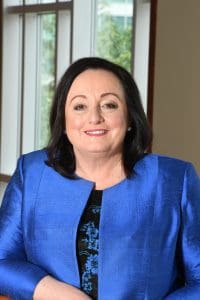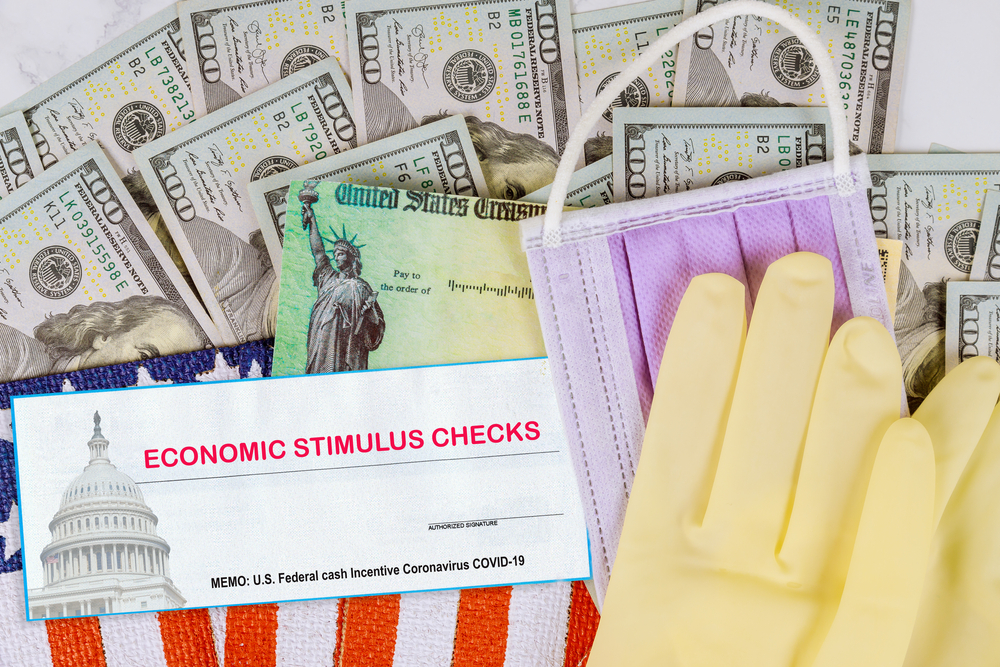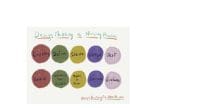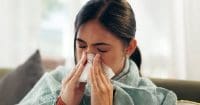The United States (US) currently faces a multitude of unknowns regarding the COVID-19 pandemic. Who are essential workers to handle infection surges? What steps do we take to save lives? How long will the infectious spread persist? When will the infection come back? We now know from early data on COVID-19 mortality rates that countries with greater concentrations of skilled healthcare workers are able to keep mortality rates lower, but not much else.
In particular, registered nurses are at the crux of this issue since they provide most of the technical labor for putting patients on respirators, stabilizing symptoms and maintaining patients’ comfort in the ICU during the COVID-19 crisis. However, an analysis of nursing concentrations in countries worldwide show that each additional nurse per 1,000 is associated with a -2.0 reduction in COVID-19 mortality per million. Consider that treatment effect. Every additional nurse can save two lives underscoring the importance of investment and strategic planning.
The problem with this scenario is that the COVID-19 infection is growing exponentially in our population. Whereas, the availability of nurses in the U.S., or for that matter globally, is basically stagnant and the pandemic threatens our workforce. We have about 4 million nurses in the U.S., but despite this powerful number, concerns about performance remain uncertain if infection rates exceed hospital capacities.
Nurses comprise the largest component of the hospital labor force, and evidence suggests that more educated nurses lead to better performance. For example, higher nurse-bed ratios improve outcomes, and there are strong associations between higher baccalaureate-trained nursing rates and reduced mortality as well as other indicators of hospital performance.
In order to address patient care management needs both today and in the future so that people suffering with COVID-19 can pull through, we simply need more nurses.
Queue the circumstances of the U.S. economy. In the past 60 days, over 33 million people have filed for unemployment in a “viral economy.” For many, economists project that once Wall Street recovers and the economy is up and running, those with highly skilled training in fields like technology, manufacturing, business administration, and sales will have their old jobs back. However, many of those dealing with unemployment face continued prospects of returning to volatile positions in small businesses that are susceptible to the same problems over and over again.
This volatility stems from jobs that don’t require the same degree of technical skill – restaurant waiters, store clerks, beauticians, coffeeshop baristas. The next time there is a pandemic of this COVID-19 magnitude, individuals in these vulnerable positions will be furloughed or laid off again. Their prospects of posting rent, buying food or paying down credit cards will continue to dwindle. Thus, the number of individuals dependent on social welfare will inevitably increase.
Given our understanding of the value of nursing under the current circumstances, the extent of low-skill unemployment in our country, and a need to address healthcare capacity constraints now and in the future, it is the perfect time to encourage individuals to become nurses. While we are likely limited to handling this winter-spring COVID-19 outbreak with the workforce that we already have, there is a high probability that COVID-19 will persist through the summer and fall, or come back seasonally next winter. The U.S. should prepare itself.
Baccalaureate prepared nurses require college-level education in an approved institution. Some of this education can be expedited in the next 6-12 months in order to prepare nurses for the front-lines sooner. Certified nursing assistants (CNA) are one option that can also augment an under-staffed healthcare workforce with individuals who are able to execute basic nursing tasks in the short run in order to build capacity for existing surges. A CNA can be completed in as little as 12 weeks online at a cost of about $1200 to $1500 and can be a stepping stone to a baccalaureate or higher degree and could be a useful part of the stimulus package.
Despite so many unknowns about COVID-19, two things are certain. This may be our first pandemic infection of the 21st century, but it will not be our last. The time is now to invest in growing our country’s most trusted profession to deal with ongoing surges in COVID-19 capacity, minimize mortality and prepare for future outbreaks that will inevitably occur.


 Patricia Davidson, PhD, MEd, RN, FAAN is the Dean and a Professor of Nursing at the Johns Hopkins School of Nursing. She has been a registered nurse since 1980 and has clinical, teaching, and practice expertise in cardiovascular science and the care of vulnerable populations. Across her career, she has been committed to developing innovative models of person-centered care delivery and evidence-based teaching.
Patricia Davidson, PhD, MEd, RN, FAAN is the Dean and a Professor of Nursing at the Johns Hopkins School of Nursing. She has been a registered nurse since 1980 and has clinical, teaching, and practice expertise in cardiovascular science and the care of vulnerable populations. Across her career, she has been committed to developing innovative models of person-centered care delivery and evidence-based teaching.
Dr. Davidson is secretary general of the Secretariat of the World Health Organizations Collaborating Centers for Nursing and Midwifery, counsel general of the International Council on Women’s Health Issues, a member of Sigma Theta Tau International’s Institute for Global Healthcare Leadership Advisory Board, and a board member of the Consortium of Universities for Global Health. She also serves on the Board on Health Care Services for the National Academies of Sciences, Engineering, and Medicine.


















